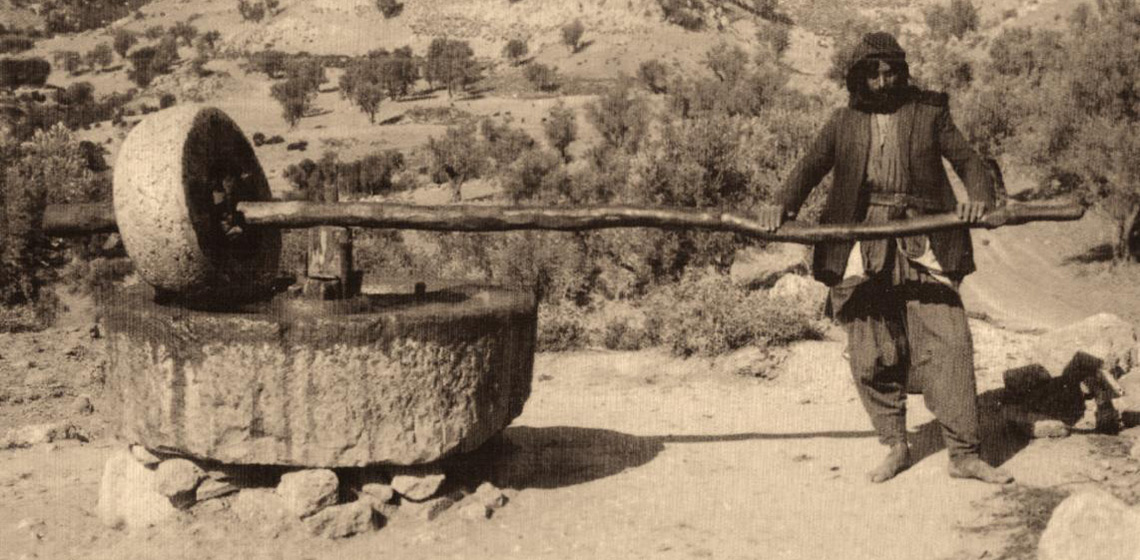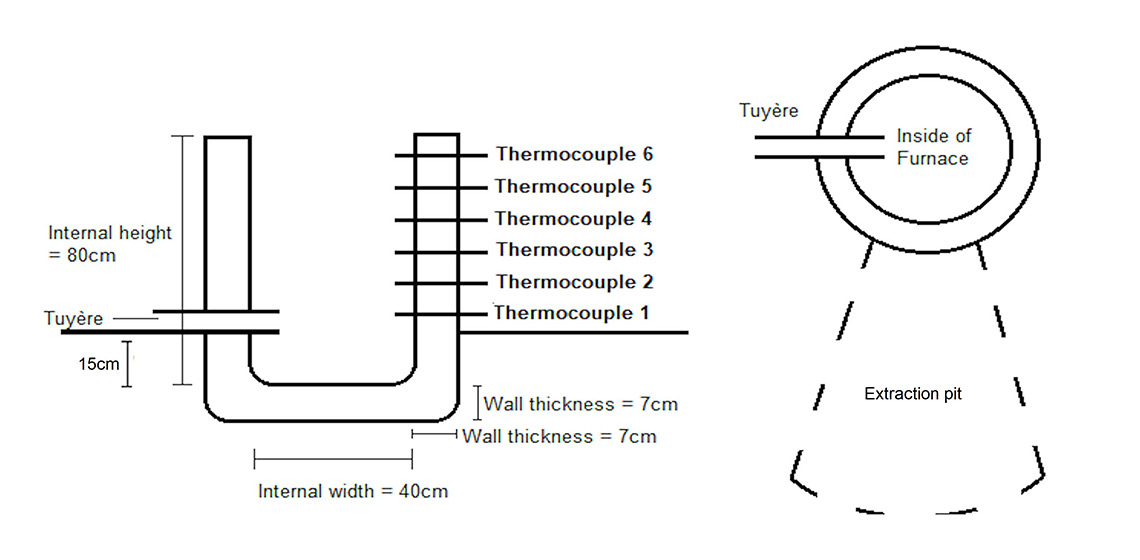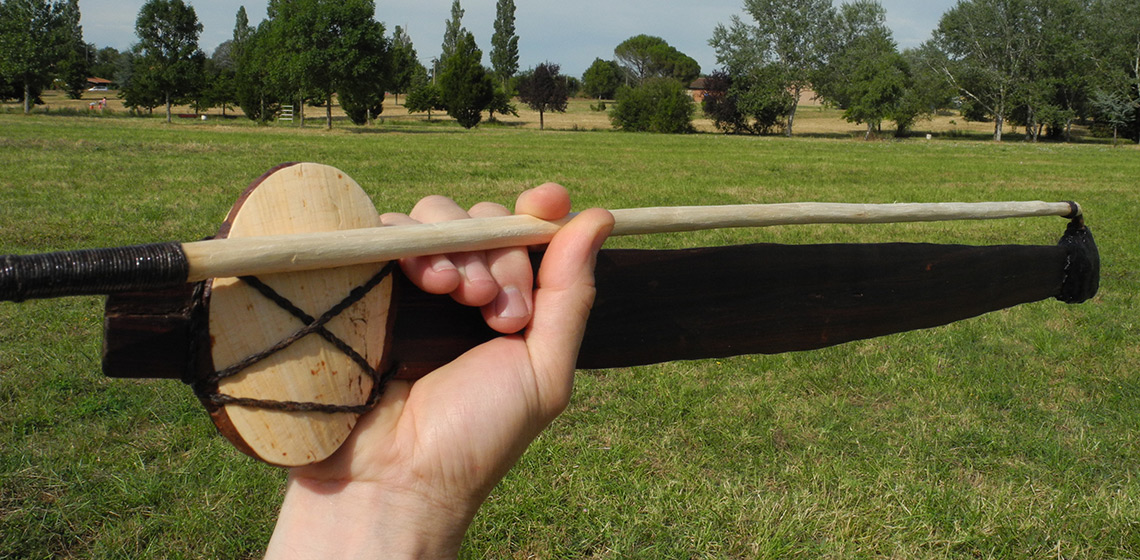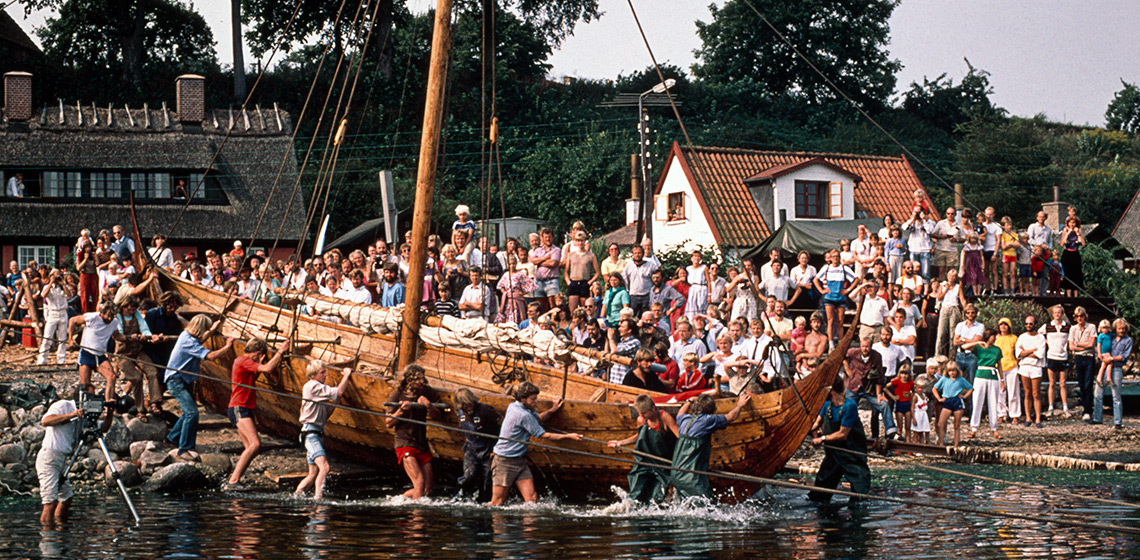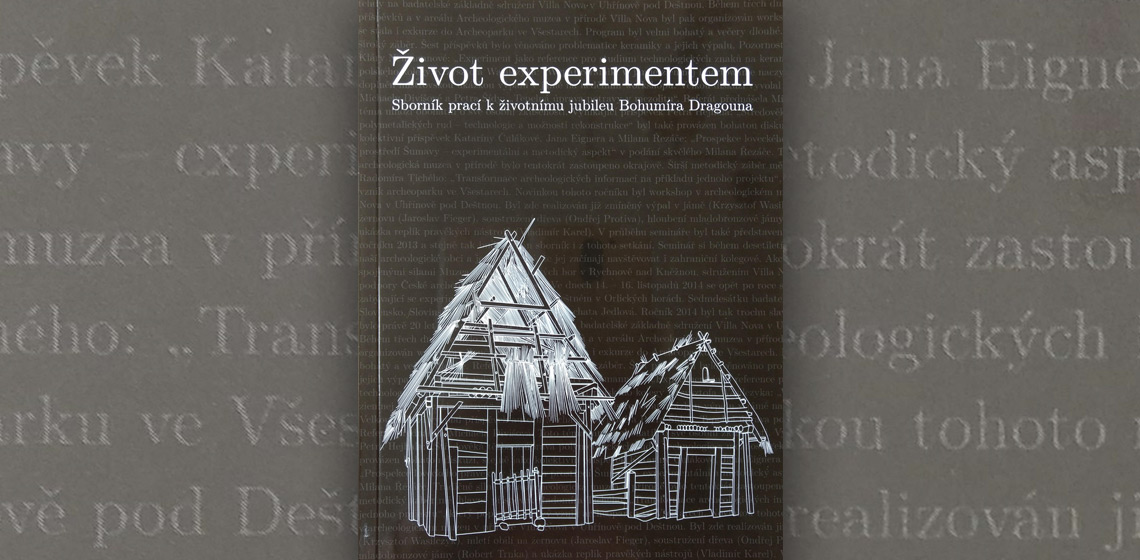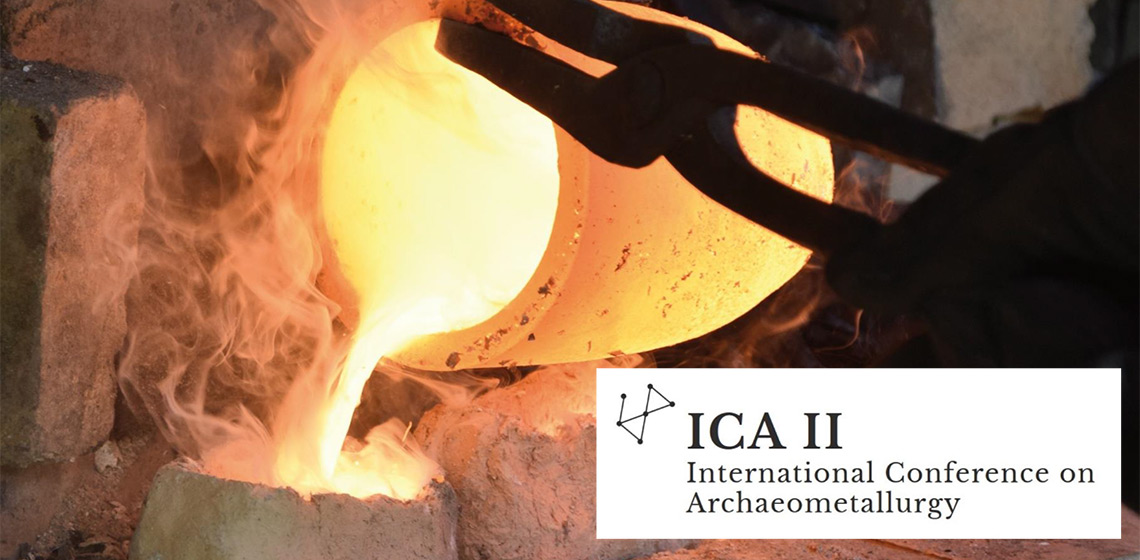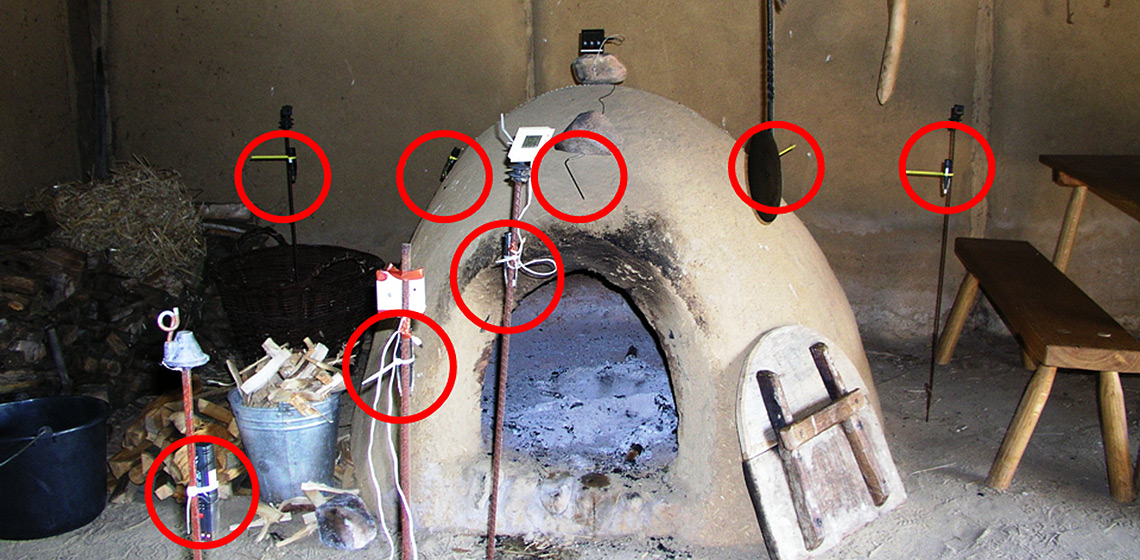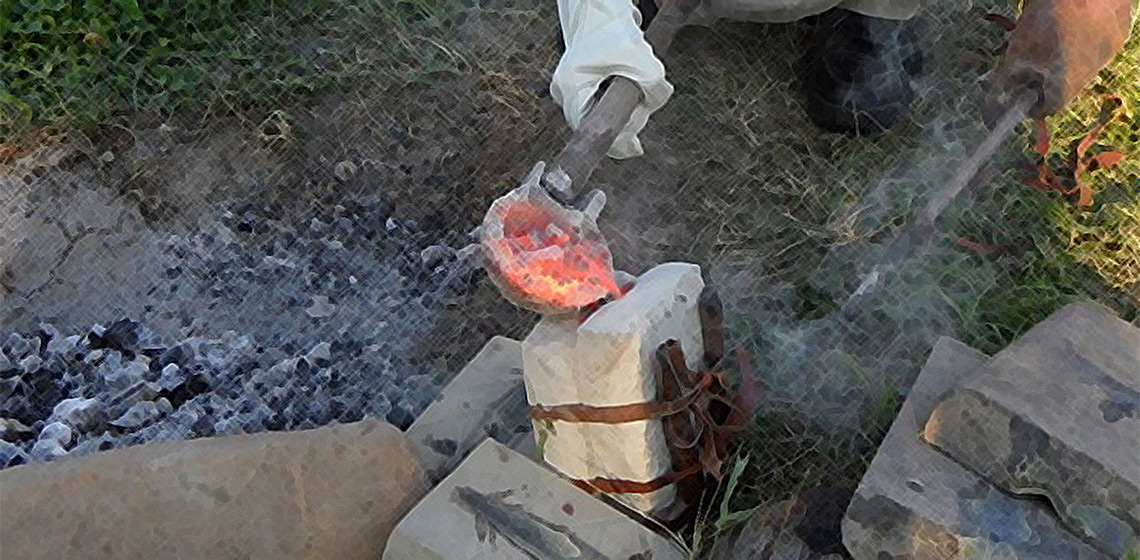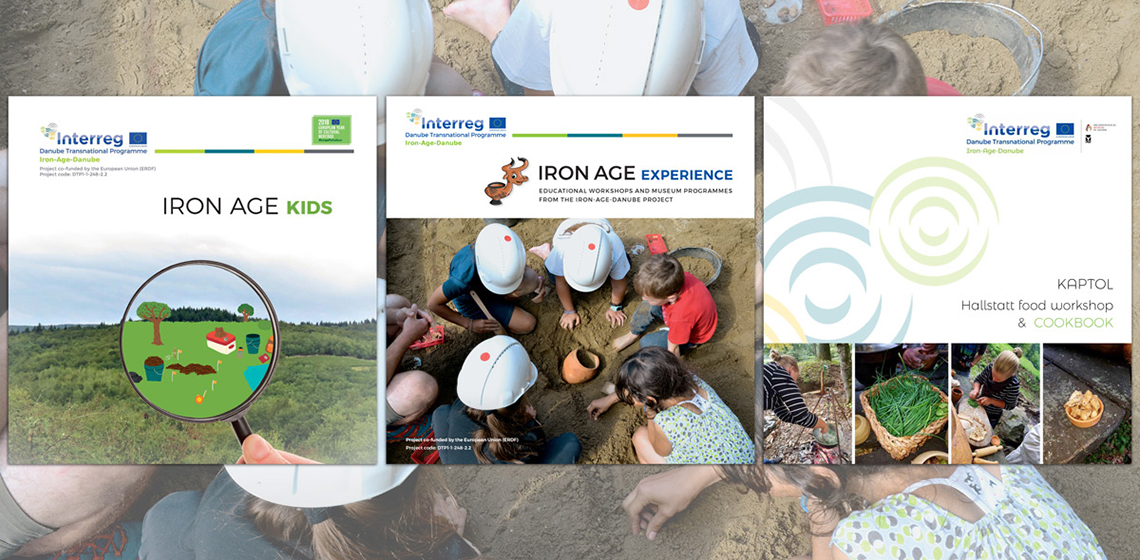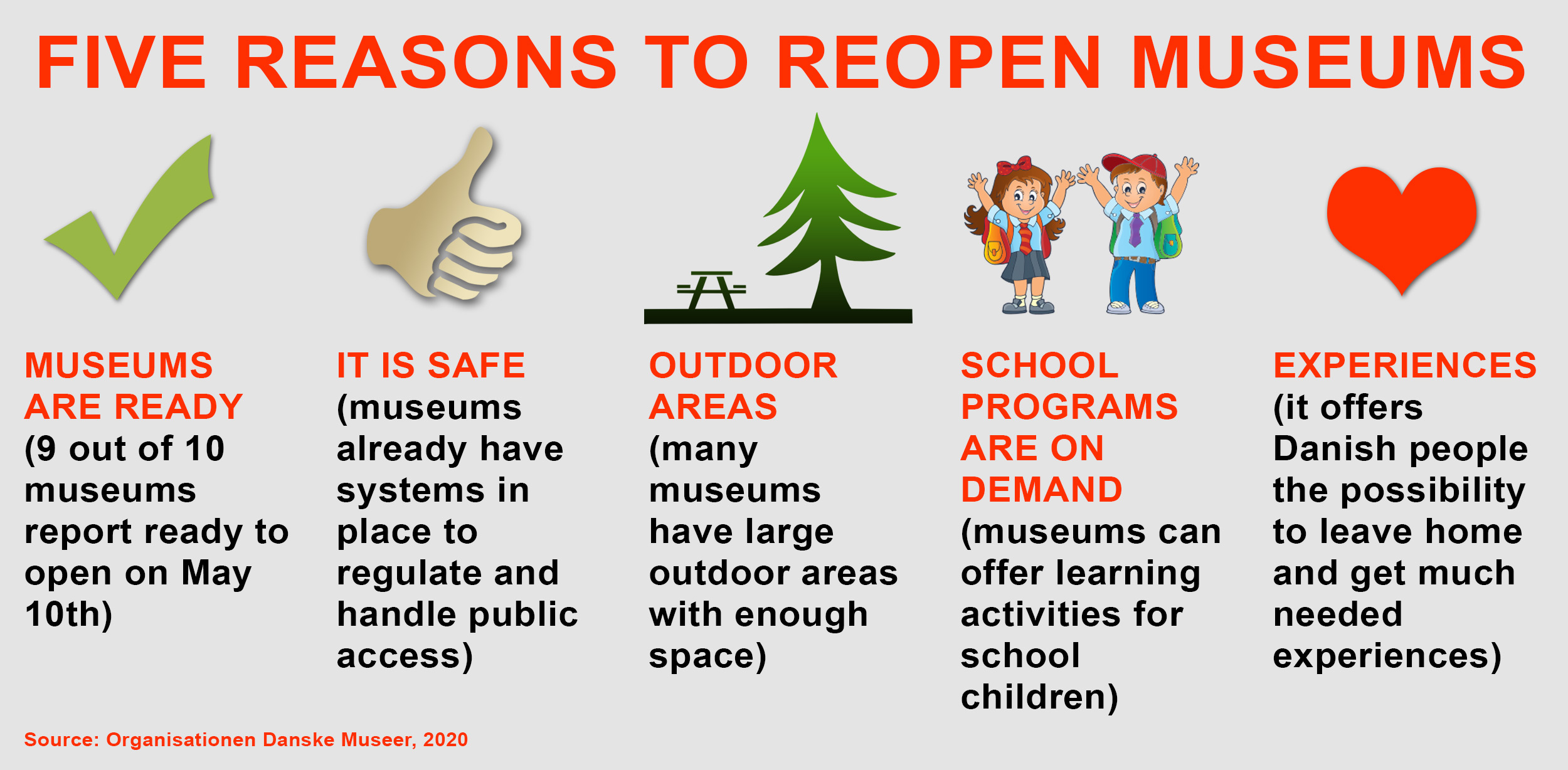EXARC Journal Issue 2020/2



18 Articles | DOAJ | Open Access
ISSN: 2212-8956
Publishing date: May 25, 2020
📄 EXARC Journal 2020/2 Table of Contents
Copyrights: EXARC, 2020
Summary
EXARC and its authors have not been standing still. Our second Journal of 2020 was just published and contains nine reviewed and nine non-reviewed articles. Articles from our EAC11 Conference in Trento include discussions about fragrances, Viking ships, and trampling experiments while the other reviewed articles cover flax working, spear throwers, iron smelting and Roman food.
The mixed matters are mainly book and conference reviews, like about the experimental archaeology student symposium in Sheffield or a book about Bronze Age combat. What stands out is an article with advice for open-air museums on how to handle with and after COVID-19 as well as a contribution to the efficiency of clay ovens.
Reviewed Articles
Ancient Distillation and Experimental Archaeology about the Prehistoric Apparatuses of Tepe Gawra
***The Perfume Theme Park Museum of Cyprus’ research protocol of Experimental Archaeology (https://www.perfumecypark.org), aims at verifying hypotheses of ancient perfume manufacturing processes, to formulate a possible comparison with modern realities derived from the island’s ancient cultural heritage. What has recently emerged...
The Vertical Olive Crushing Mill as a Machine and its Energy Balance - A Preliminary Approach
Bottle Gourd as an Implement for the Poor in Roman Italy
Diet of the Poor in Roman Italy: An Exploration of Wild and Cultivated Plants as an Essential Dietary Component
Smelting Conditions and Smelting Products: Experimental Insights into the Development of Iron Bloomery Furnaces
Throwing Stick to Spear Thrower - Study of Ethnographic Artefacts and Experimentation
Roar Ege: The Lifecycle of a Reconstructed Viking Ship
***In 1962, the remains of five late Viking Age ships were excavated from Roskilde Fjord, near Skuldelev on the Danish island of Zealand (See Figure 1: Crumlin-Pedersen and Olsen, 2002). Twenty years later, the Viking Ship Museum in Roskilde began the process of building its first full-scale Viking ship reconstruction, the 14 m long coastal transport and trading vessel, Skuldelev 3.
Flax Fibre Extraction Techniques in the Late Middle Ages
Trampling Experiments – A Contribution to the Pseudo-Retouch Issue
***Apart from human-made retouch, stone tools can also exhibit traces of damage caused by several post depositional processes, one of which is trampling. Edge damage provoked by trampling, be it of animal or human origin, is sometimes interpreted as human-made retouch ...



